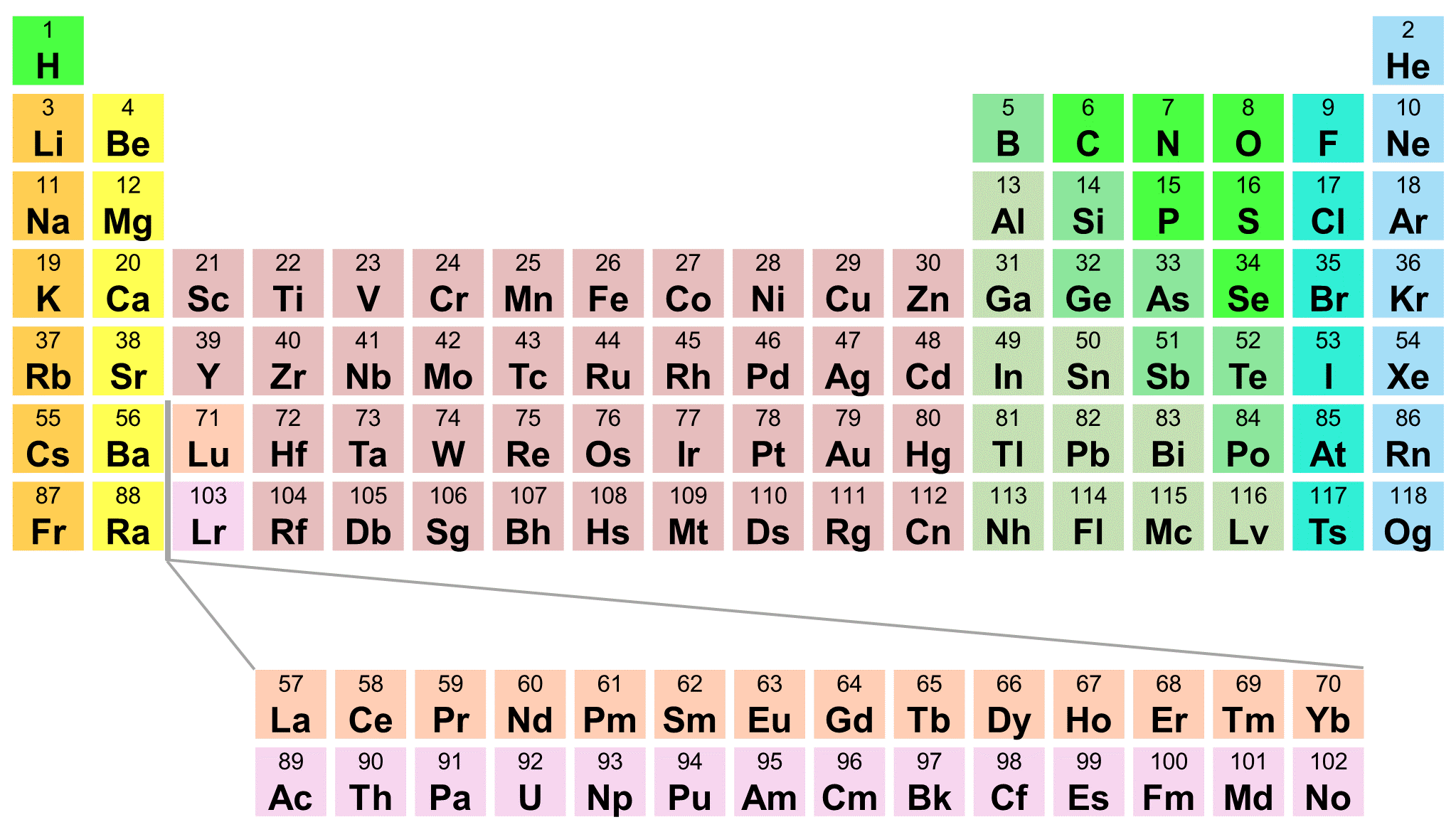

#ATOMIC MASS NUMBER FORMULA HOW TO#
But what if the chemical formula of a substance is unknown? In this section, we will explore how to apply these very same principles in order to derive the chemical formulas of unknown substances from experimental mass measurements. of atoms N (density) volume / (Molecular Weight). 4 Use the atomic number and the mass number to calculate the number of protons, number of. For example, fluorine atoms typically have 9. Given the chemical formula of the substance, we were able to determine the amount of the substance (moles) from its mass, and vice versa. Calculate: i The molar mass of Pb 3 O 4 (A r values: Pb 207. Therefore, the atomic mass of an individual atom can be said to equal the total number of protons and neutrons. For example, Carbon had an atomic weight of 12.00 in 1902 but today it is 12. Since 1899 the IUPAC Commission on Isotopic Abundances and Atomic Weights has been evaluating atomic weights and abundances.

The truth is that atomic weights have changed as a function of time. In the previous section, we discussed the relationship between the bulk mass of a substance and the number of atoms or molecules it contains (moles). Atomic weights found within a periodic table one might think are constant. Atomic Number Element Atomic Mass (u) Atomic mass (u)(Rounded off) 1: Atomic mass of Hydrogen (H) 1.008: 1: 2: Atomic mass of Helium (He) 4.002: 4: 3: Atomic mass of Lithium (Li) 6.94: 7: 4: Atomic mass of Beryllium (Be) 9.012: 9: 5: Atomic mass of Boron (B) 10.81: 11: 6: Atomic mass of Carbon (C) 12.011: 12: 7: Atomic mass of Nitrogen (N) 14.


 0 kommentar(er)
0 kommentar(er)
